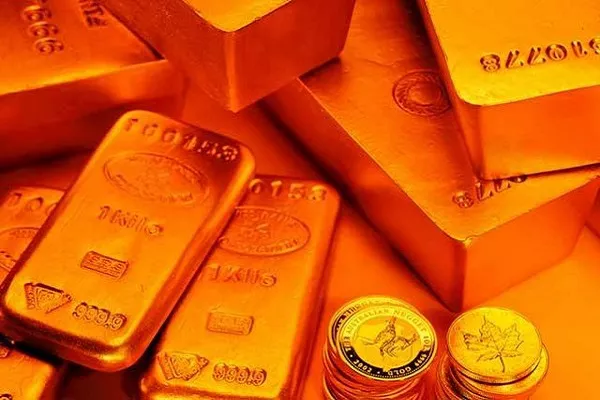In response to limited access to alternative investment avenues like bitcoin and growing apprehensions over China’s economic outlook, purchases of gold bars and coins surged by 46% in the first half of this year, according to analysts.
The China Gold Association reported a total of 213.6 metric tonnes (7.5 million ounces) in gold bar and coin purchases during this period, accounting for 40% of the nation’s overall gold consumption.
Despite an overall decrease in gold purchases, which totaled 523.8 metric tonnes including bars, coins, and jewelry—a 5.61% decline from the previous year—Chinese consumers exhibited a notable shift away from expensive gold jewelry amid expectations of further increases in global gold prices.
Jewelry purchases, constituting over half of the total gold consumption, saw a significant decline of 26.68% year-on-year to 270 metric tonnes, reflecting reduced purchasing power among Chinese residents amidst subdued domestic demand.
Gary Ng, a senior economist at Natixis Corporate and Investment Banking, highlighted the constrained choices for asset preservation due to capital controls and limited investment options as key drivers behind the increased interest in gold bars and coins.
“The surge in gold demand this year can be attributed to weakening economic sentiment among Chinese residents, lackluster performance of equities and real estate, and the depreciation of the yuan,” Ng noted.
The price of gold has seen a continuous upward trajectory since the beginning of the year, reaching record highs driven by geopolitical uncertainties, expectations of an impending interest rate cut by the US Federal Reserve, and heightened gold purchases by Chinese consumers seeking a safe-haven asset.
As of July 17, the international gold price soared to US$2,482.4 per ounce, marking a nearly 20% increase from the year’s start when it was around US$2,078 per ounce.
Conversely, China’s industrial use of gold experienced a slight decline of 0.53% year-on-year in the first half of the year, attributed to significant price fluctuations which increased operational risks for gold processing and sales enterprises.
The China Gold Association projected a 16% year-on-year rise in the average annual price of gold to US$2,250 per ounce for this year. Central banks are expected to continue robust gold purchases, estimated at 1,000 tonnes, nearly double the average from 2010 to 2019, reinforcing gold’s role as a preferred asset amidst global economic uncertainties.

